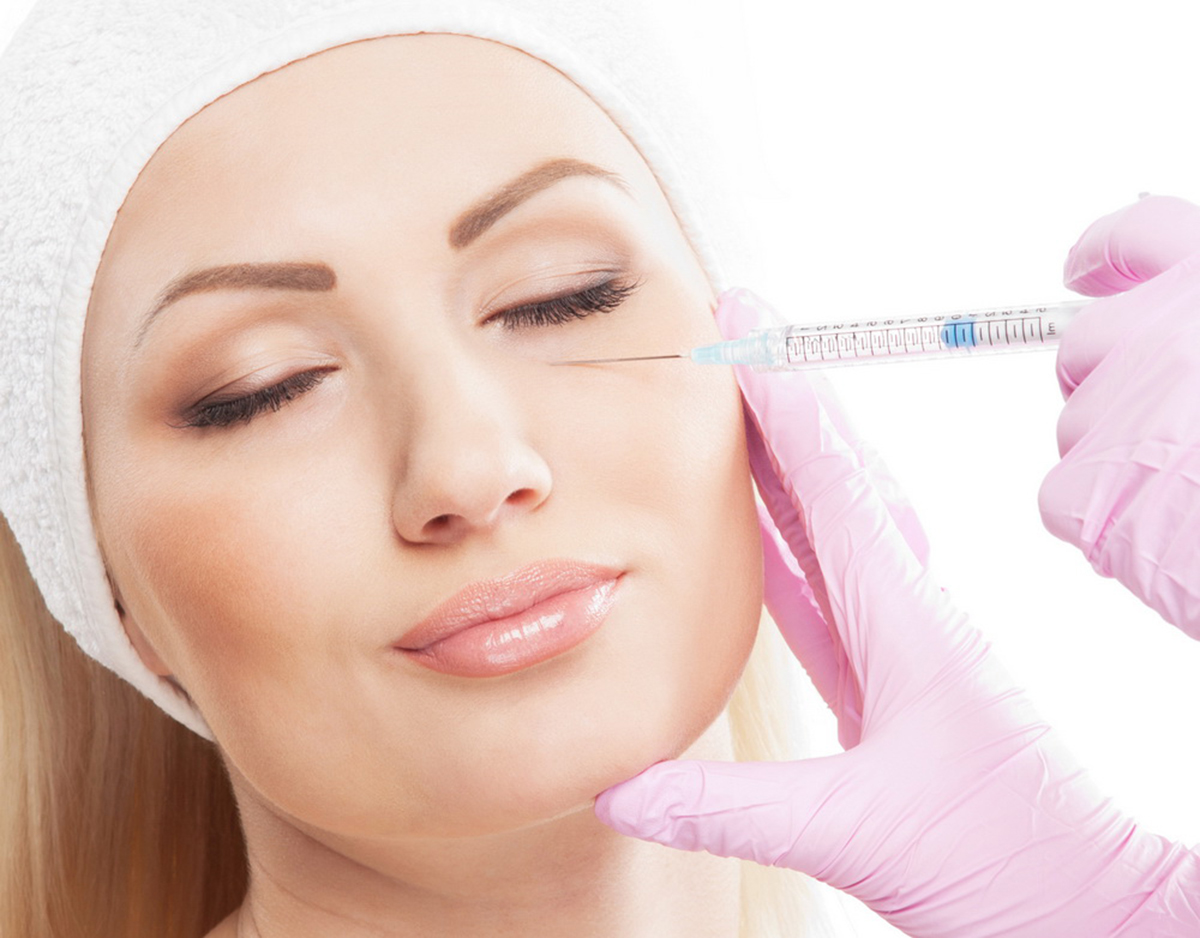Many people have been getting Botox injections for years — why? It's true that some people undergo this treatment for medical reasons. Botox has, after all, been approved for the treatment of lazy eye syndrome, uncontrolled blinking, cervical dystonia, and excessive sweating, among other ailments. However, many others seek it for purely cosmetic reasons, and that's what Botox has become most known for.
People all over the world have tried to maintain their youthful looks in so many different ways ranging from natural remedies, taking health supplements, and yes, even going under the knife. You probably know that Botox is a type of prescription medicine that can help patients appear younger and get rid of certain wrinkles. Do you know anything else about Botox, though?

Among the different types of this neorotixic protein, it is Types A and B that are clinically used, with Type A being more commonly used. Treatment is usually done every two to six months, since that’s the average length of time for the effects to start wearing off. Of course, before you go for your first Botox session, you’d do well to learn as much as you can about this treatment and how it works.
What exactly do you need to know about Botox and what to expect before you consider it?
The Botox Procedure
Although the specific steps are different from one clinic to another, the procedure involved in Botox treatment generally goes like this:
Prior to treatment:
- Your doctor will help you determine whether you’re a good candidate for the treatment.
- You’ll be asked about the results you expect from the treatment.
- The doctor may examine the movement of certain muscles in your face, particularly in the brow area.
- Your doctor will then discuss your treatment goals and address any questions you may have about the treatment.
- A customized treatment plan will be drawn up depending on your specific needs.
Treatment Proper:
- Although anesthesia isn’t required, your doctor may think it best to numb the area with anesthetic cream or an ice pack.
- A number of tiny injections will then be administered into the muscles that cause your wrinkles and fine lines.
After treatment:
- The treatment can be completed in ten minutes, after which you’re free to get on with the rest of your day—no downtime needed!
- You’ll be given specific aftercare instructions that you need to follow religiously.
- Although very rare, there’s a possibility of experiencing side effects like tenderness, redness, inflammation, swelling, or bruising.
How Botox Works
The general effect of Botox is that it blocks the signals that normally travel from your nerves to your muscles. When the protein is injected into your muscles, therefore, they will lose their ability to contract. This is why you’ll no longer see those wrinkles and fine lines that used to appear whenever you scrunch up your facial muscles.
The cosmetic concerns most commonly treated with Botox injections are:
- Crow’s Feet
- Forehead Wrinkles
- Wrinkles between the Eyebrows
- Lip Wrinkles
- Chin Pebbling
Factors to Consider
- There is no one-size-fits-all treatment plan where Botox is concerned. You should therefore ensure that your treatment plan is customized according to your specific needs.
- There are cases where no improvement is seen after the first injection, in which case you’ll have to go for a second session after about six weeks.
- There are cases where the positive effect wears off very quickly after the first injection, in which case you’ll have to go for a second session as soon as you notice the effects wearing off.
- It may take a number of injections before your doctor will know for sure what the perfect dosage is for you.
- The possibility of experiencing side effects will always be there.
- The larger the muscles are, the longer it will take for significant results to become apparent.
See Also: Why Botox?
Who Shouldn’t Undergo the Treatment?
Your doctor is the best person who can determine whether you’re a good candidate for Botox treatment or not.
This treatment also isn’t such a good idea for people whose wrinkles and facial lines are caused by factors other than muscle contraction.
If your doctor has given you the go signal for Botox treatment and you’re determined to take advantage of the benefits the treatment offers, you’d want to make sure you find the right doctor for the procedure. Make sure the doctor is duly licensed to administer the injections and that he/she specializes in facial procedures. It’s also advisable to go with a doctor who has ample experience in administering Botox injections. And remember, medical insurance only covers the treatment when used for medical purposes. Best of luck!


Your thoughts on this